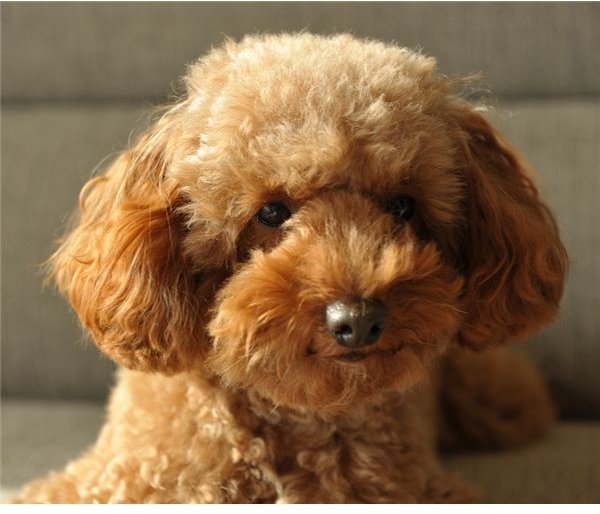What Are the Best Dogs for People with Allergies or Asthma?
Overview
When President Obama and his wife, Michelle, started looking for a dog for their children, they mentioned that they were looking for a dog less likely to make their older daughter’s asthma symptoms worse. Suggestions began pouring in from different quarters, and eventually, the family settled on a Portuguese Water dog, who is now known to the world as Bo. You have several breeds from which to choose.
Poodle
First on the list is the poodle. These dogs have hair, not fur, which makes it easier for you, as an asthmatic. Poodles do not shed, which means you won’t have dog hair to deal with in your home. As one of the best dogs for people with allergies or asthma, the poodle comes in toy, miniature and standard sizes, writes the Dog Guide. [1] Vet Info points out that poodles are the “most well known dog as a great choice for those with allergies or asthma.” [2]
Photo by Yasuhiko Ito / Flickr
Kerry Blue Terrier
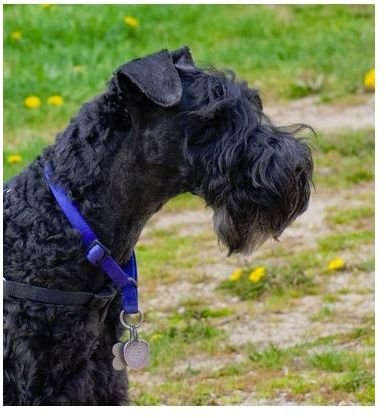
The Kerry Blue Terrier is a medium sized dog weighing between 30 and 40 lbs. They do not have undercoats and do not shed their fur. The Kerry Blue must be regularly trimmed to keep their fur from getting too long. This breed has a reputation of dog aggression, stemming from their prey drive and past as hunting dogs. This is a dog categorized as a loving companion, even around children. They must be socialized as puppies so they can get used to being around other dogs and are not a good choice for the first-time dog owner, writes the Dog Guide. [1]
Photo by Mark Adsit / Flickr
Bichon Frise
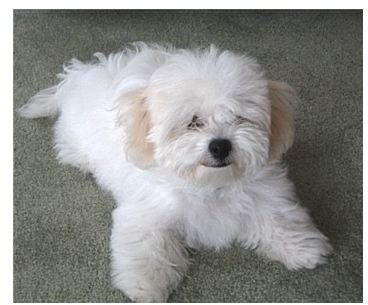
This little pooch is small (7 to 12 lbs) and is categorized as a toy breed. The Bichon does not shed but needs regular, intense grooming to keep its coat clean and well-maintained. This little dog is playful, loves meeting new people and other dogs, and is a good dog around children. In addition, the Bichon is also a good companion around cats, says the Dog Guide. [1]
Photo by sobre.perros / Flickr
Shih Tzu
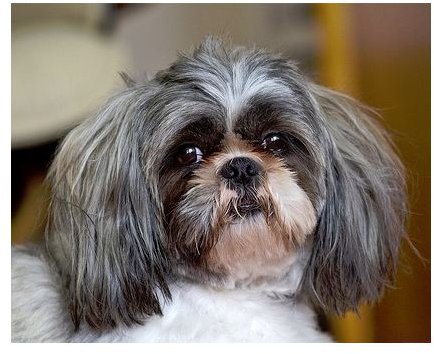
This breed originated in China and is known as the “Chrysanthemum Dog” or the “Chinese Lion Dog.” This dog sheds very little and can have its coat clipped in a “puppy cut” or grown long (show dog length). The Shih Tzu is sensitive to heat and must be kept cool on hot days. [1] This breed has a strong desire to be around humans and may bond best with one person in the family, says Vet Info. [2]
Photo by Brett Oliver / Flickr
Miniature Schnauzer
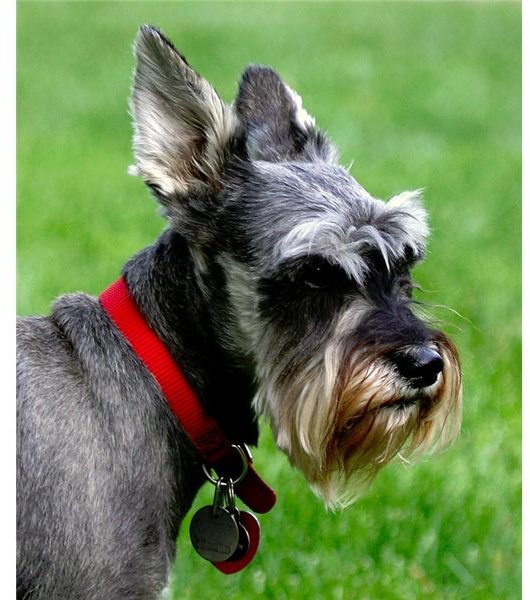
This breed originated in Germany and is thought to be a cross between a poodle and a standard Schnauzer, along with the Affenpinscher. This dog is small, weighing between 11 and 15 lbs. It is a low-shedding dog and it is recommended for people who suffer from allergies. This dog will bark, guarding the home. Because of their strong prey drive, they are not a good choice for homes with smaller pets. The mini Schnauzer is always ready for a good play session. [1]
Photo by mailemae59 / Flickr
Coton de Tulear
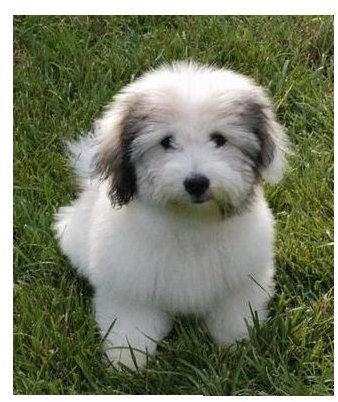
This dog is a toy breed, called a “Bichon toy type,” that originates in Tulear, Madagascar. It has a fluffy medium length coat -- made up of hair, not fur. The Coton sheds very little, but must be groomed daily to keep its coat free of tangles and dirt. It is a very affectionate dog and is considered to be good around other dogs. The Coton is very trainable and wants to please its owner. [1]
Photo by Cani.com / Flickr
Airedale Terrier
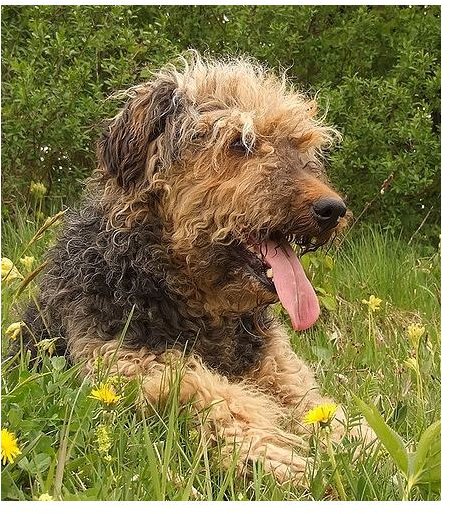
The “King of Terriers,” or Airedale Terrier is the second largest of the terrier breed. The smaller Airedale weighs 35 to 70 lbs and the larger breed weighs from 60 to 100 lbs. This breed sheds little and has a wiry coat. It is groomed by stripping the loose hair from the undercoat with a special blade. On the downside, the Airedale is headstrong and hard to train. Training sessions bore them, requiring a trainer with a creative mind to help them maintain interest. This dog needs frequent physical stimulation and exercise, as it is an athletic breed. The Airedale enjoys agility training, according to Vet Info. [2]
Photo by nelu_bodean / Flickr
Peruvian Inca Orchid

This dog might have a minimal amount of hair on its feet, head and on the end of its tail -- or it may be completely hair-free. Using the Spanish terminology, the Peruvian comes in the pequeno (small), medio (medium) and grande (large) sizes and their weight range goes from 9 all the way up to 55 lbs. Because of the lack of hair or fur, they must be protected from cold temperatures and require sunscreen so they don’t suffer sunburn outside. They also need to have their skin moisturized to prevent flaking. It gets very attached to one owner in the family and can be gradually socialized to other pooches. [1]
Photo by incaorchid / Flickr
Bergamasco
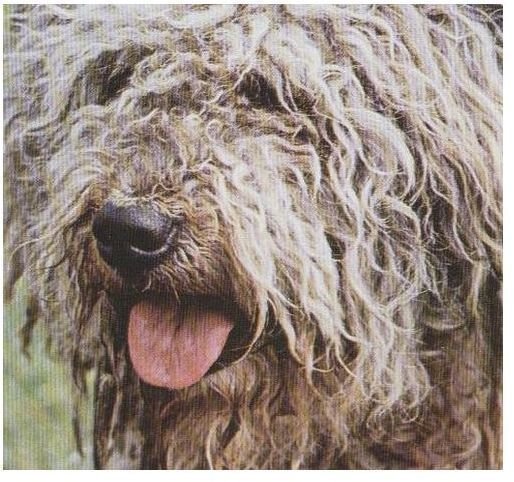
This unusual-looking breed hails from the Italian Alps and is a herding dog. It ranges in weight from 70 to 85 lbs. This dog has three kinds of hair – not fur – that grows from mats, eventually reaching the ground (when the dog is about 5 years old). This mat of hair protects the dog from attacks and from the elements. When the mat has matured, it is felted, requiring little more than baths a few times every year. This dog is good around children and makes a good watch dog. That said, it is also a working dog, needing a job and lots of physical activity. It is a friendly, independent breed. [1]
Photo by avidpets / Flickr
Yorkshire Terrier

The Yorkshire (Yorkie) is a small breed, weighing, on average, 8 lbs or less. The Yorkie has no undercoat and is a very light shedder says Vet Info. This intelligent dog is prey oriented and will not be good around smaller pets. [2] The dog’s hair can be kept short so grooming is minimal. It is a very intelligent dog and easy to train. [1]
Photo by RobertSthlm / Flickr
Lagotto Romagnolo
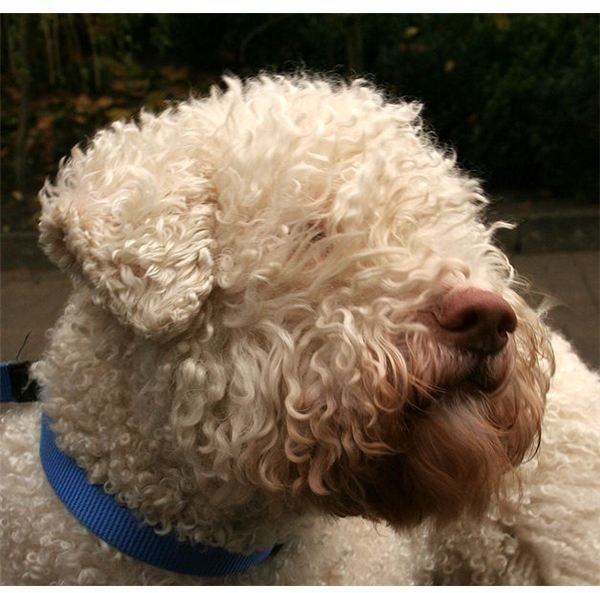
The Lagotto Romagnolo hails from the Romagna area of Italy and is a highly intelligent breed, catching onto training quickly. Its coat, which curls, must be brushed regularly and clipped short. If it is properly socialized, it gets along well with other animals and children. The Lagotto is an excellent swimmer because it was bred to be a water retriever. [1]
Photo by Pleple2000 / Wikimedia
Maltese
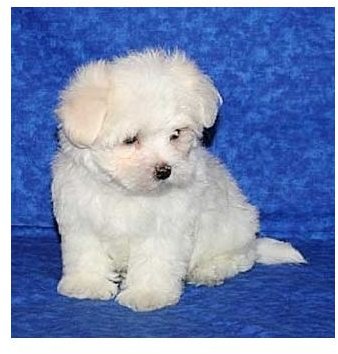
The Maltese is a pure white Bichon-type dog originating on the Island of Malta. As a toy breed, its weight ranges from 3 to 7 lbs. This dog is playful and active, making it a good choice for city dwelling families. They love playing indoor games and are very active inside. This breed needs short walks to stay healthy and stimulated. These dogs have no undercoat, making shedding nearly nonexistent. They do need regular grooming. [1]
Photo by champ2008! / Flickr
Chinese Crested
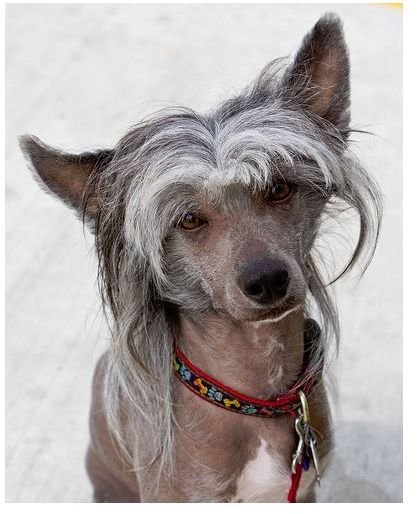
The Chinese Crested (Powderpuff and Hairless) are good choices for those with allergies or asthma. The hairless has hair on its paws, head and tail while the powderpuff has a full, soft coat of hair (not fur). The hairless needs sunscreen and moisturizer to keep its skin healthy while the powderpuff needs regular brushing. These dogs are playful and active and tend to suffer from separation anxiety. [1]
Photo by chadnewman / Flickr
Havanese
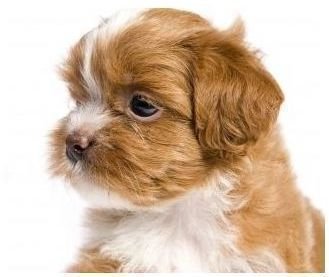
The Havanese hails from Cuba and is known as the “Little Dog from Havana.” It is considered a toy breed that does not shed much. However, its coat does accumulate dander, requiring regular brushing to prevent irritating allergy-prone people. This is a smart, affectionate dog, and is said to love being around its humans. [1]
Photo by posterize / Free Digital Photos
Bedlington Terrier
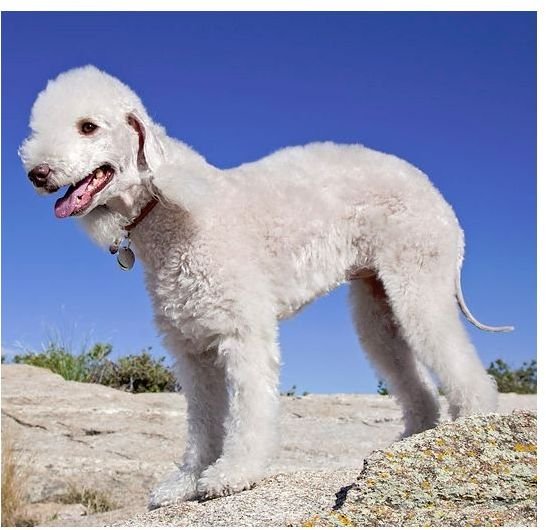
The Bedlington Terrier originates in Bedlington, Northumberland, in the United Kingdom. This dog has a very unusual appearance due to its very wooly coat. The breed reaches adult weight between 18 and 23 lbs. These dogs can be aggressive with other dogs, so they need to be socialized at a young age. This dog does not shed, but needs to be maintained every week. It also needs to be professionally groomed every two months. [1]
Photo by Ned Harris / Flickr
Puli
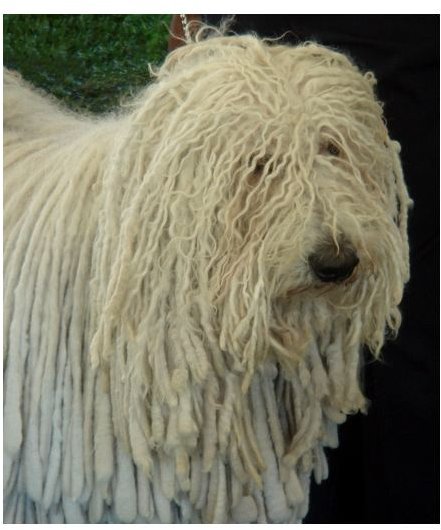
The Puli has dreadlocks. The fur is corded and water resistant. Their fur cords need a lot of maintenance to keep it looking good. The Pulik (plural) are very active dogs and instinctively herd. In order to keep them from taking over the household, they need careful, early training. They defend what they regard as “theirs.” [1]
Photo by William Mercay / Wikimedia
Irish Water Spaniel

This breed is also called the “Rat Tail Spaniel,” because of its hairless tail. Their coats are tightly curled, with little shedding, making them an excellent choice for asthmatics with allergies. To keep potential matting under control this breed needs monthly trims. Grooming is otherwise minimal. The Irish Water spaniel is a highly active dog, needing a home that likes their working instincts. They get along well with other animals and children [1]
Photo by awapp1972 / Flickr
Polish Lowland Sheepdog
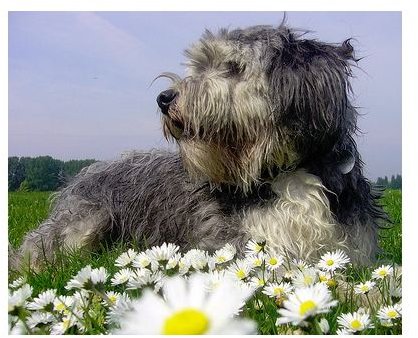
The Polish Lowland Sheepdog is also called “PONs.” This stands for “Polski Owczarek Nizinny,” which is the Polish name for this breed. This dog needs a moderate amount of physical activity. They have fur, not hair, and are non-shedders. They do lose some dead hair, just like their human counterparts. With daily brushing, the dead hair can be removed while their coats are kept mat-free. This breed is playful and loves to participate in family activities. [1]
Photo by johnnylondon / Flickr
Dandie Dinmont Terrier
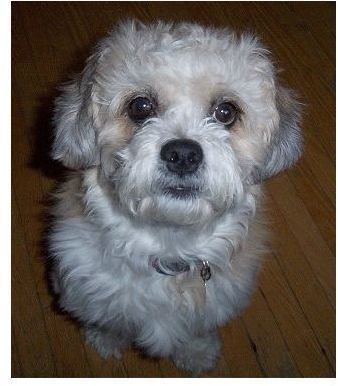
The Dandie Dinmont Terrier comes from Scotland and is a short-legged animal. Its weight ranges from 18 to 24 lbs. It’s hair does not shed, but needs to be combed or brushed every day. The Dandie (especially males) wants to be the Alpha dog in the home and might not get along with other dogs. They are very loyal and affectionate with human owners. [1]
Photo by Benmoore47 / Flickr
Portuguese Water Dog
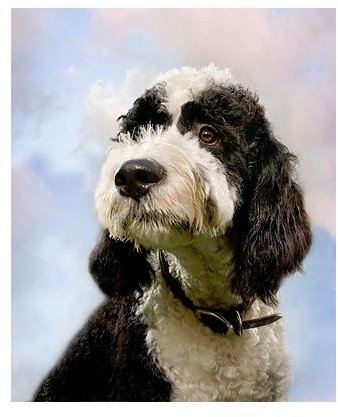
The Portuguese Water dog is considered one of the best dogs for people with allergies or asthma. Its fur is non-shedding, but does need regular grooming to avoid matting. This is a working dog, intelligent and easily trained. It bonds closely with one member of the family, is active and needs to be kept busy to prevent destructiveness. [1]
Photo by mosippy / Flickr
References
[1] Dogs for People With Allergies or Asthma. Dog Guide, retrieved at https://www.dogguide.net/dog-breeds-for-allergies.php
[2] The Best Dogs for People with Allergies and Asthma. Vet Info, retrieved at https://www.vetinfo.com/the-6-best-dogs-for-people-with-allergies-asthma.html
